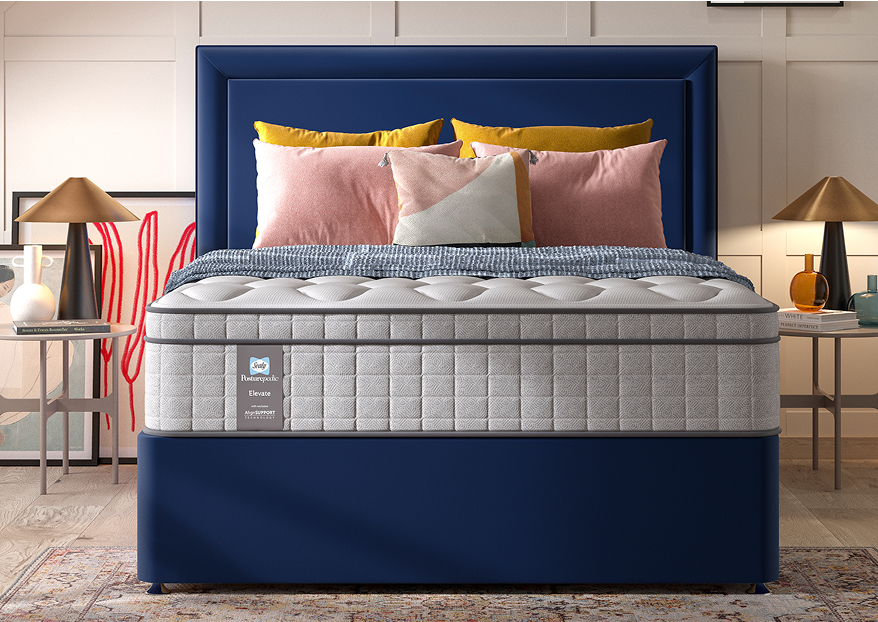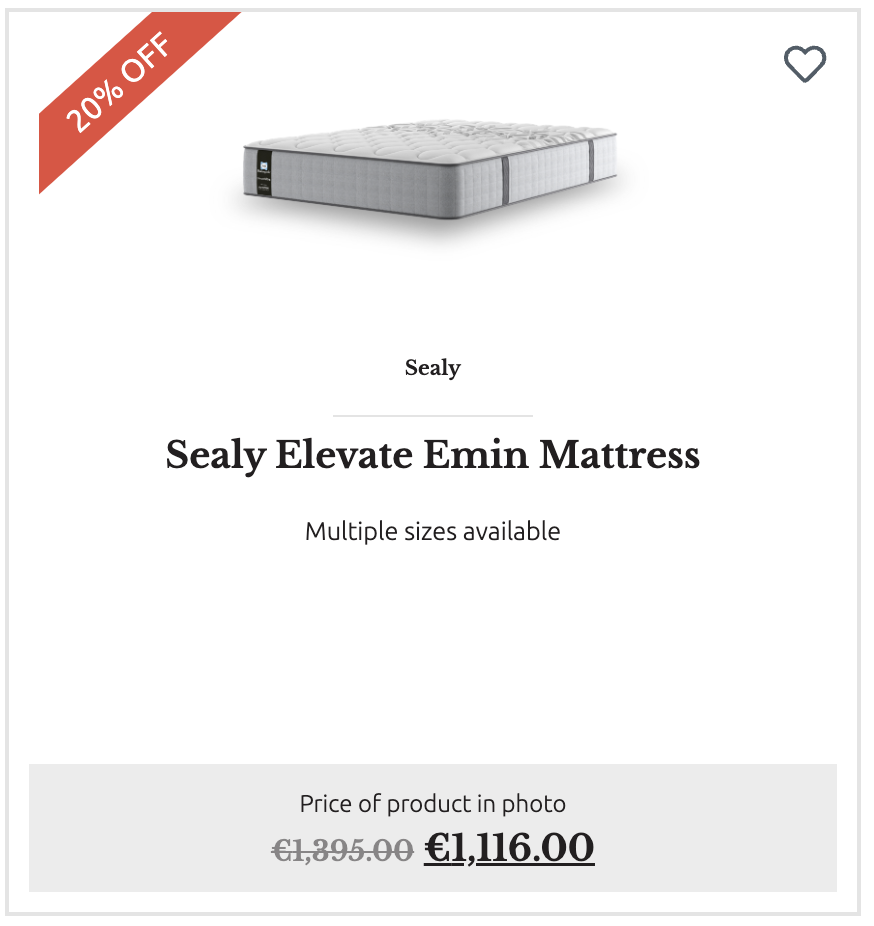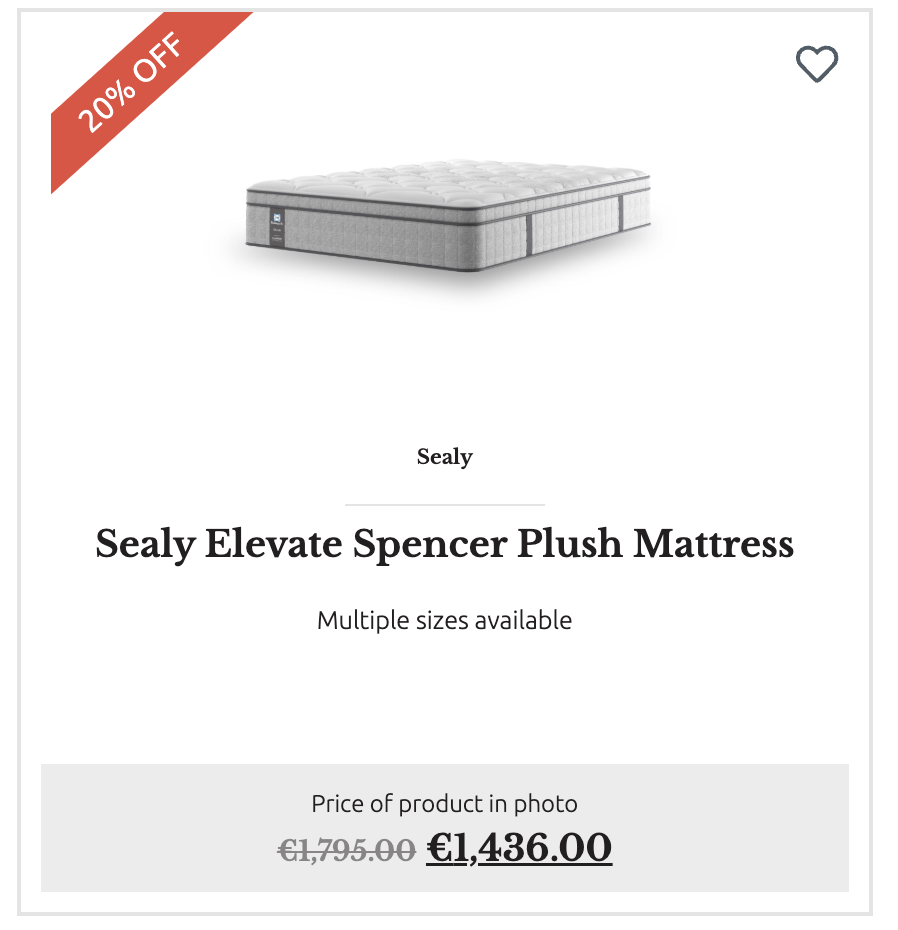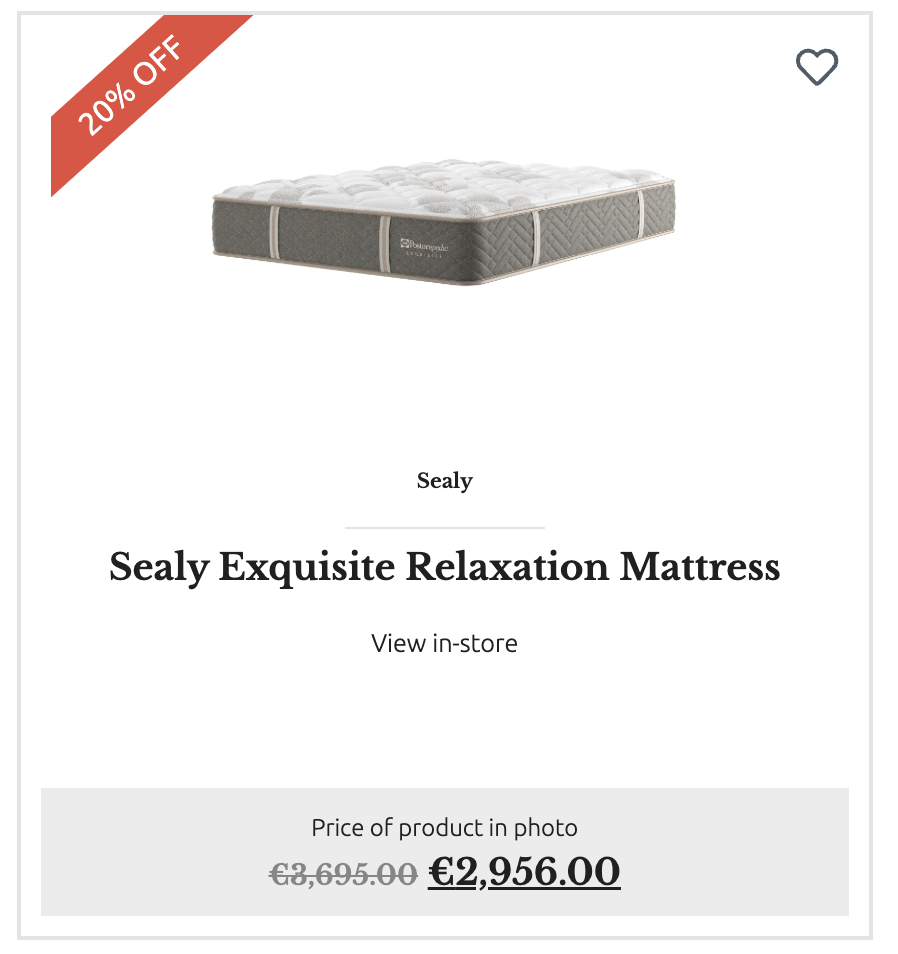
By the time you start researching mattresses, it’s usually because your sleep isn’t what it used to be. Maybe you’re waking up with a sore back. Maybe your partner’s tossing and turning is waking you up. Or maybe you’ve just hit that point in adulthood where you want things that actually last. Buying a mattress used to be straightforward. You’d visit a shop, lie awkwardly on a few beds for about five minutes each, and pick the one that felt least embarrassing in front of strangers. Fast forward to 2025, and mattress shopping has become a surprisingly complicated process filled with endless choice, confusing terminology, and even brands that’ll deliver you a mattress without you having ever tried lying on it.
First, What Actually Makes a Good Mattress?
Forget all the flashy marketing language for a moment. Here’s what truly matters when choosing a mattress:
-
Proper support for your spine:
A good mattress keeps your spine aligned in a natural position throughout the night. If your spine isn’t properly supported, you’ll wake up feeling sore or stiff. Simple as that (A decent pillow also helps, too). -
Comfort that lasts the night:
It’s not just about softness. It’s about finding something that’s comfortable when you lie down and still comfortable eight hours later. It shouldn’t sink excessively or force you to toss and turn. -
Temperature regulation:
Ever wake up overheated? Cheaper mattresses can trap body heat, ruining sleep quality. Mattresses that promote airflow are crucial for deep, restful sleep. Your body temperature plays a crucial role in how well you sleep. As bedtime approaches, your core temperature naturally drops, signalling to your body that it’s time to rest. Keeping your bedroom cool helps this process, making it easier to drift off and stay asleep throughout the night. -
Longevity:
Your mattress should perform consistently for at least six to seven years. Cheaper mattresses often begin sagging or losing support after just a couple of years, making sleep progressively worse. Buying cheaper, lower quality mattresses, and not rotating your mattress means you’ll be seeing the end of that cheaper mattress in no time.
Where Retailers Fit In (Without Naming Names)
Choosing where to buy your mattress can also make a big difference. Large high-street furniture chains often sell mattresses at attractive prices, but you should question quality beneath the surface. Some of these retailers simply re-label generic models, meaning you might not get the support you’re expecting. Buying from sleep-focused retailers usually gives you higher-quality options, clearer information, and better after-sales care.
Why Mattress-in-a-Box Isn’t Always the Bargain It Seems
Boxed mattresses have become hugely popular. They’re cheap, convenient, and delivered straight to your door. Sounds ideal, right? Not always. While they initially feel great, many lose their supportive properties within just a few years—or even months—leading to aches and poor sleep quality.
The reason? Quality support and proper spine alignment come from internal structure, like reinforced springs or zoning. Cheaper boxed options typically cut corners here, relying purely on layers of foam. Good for convenience, less so for comfort over the years.
What To Look out For in 2025
Zoned Support: Worth It
This one’s not just marketing fluff. Zoned support sounds fancy, but it just means the mattress gives extra support in areas you really need it, like your hips and lower back. Think of zoned support like a pair of shoes tailored – customised comfort that actually makes a difference. It genuinely helps avoid morning aches and pains, especially as you get older or if you already have back issues. Zoned support mattresses typically cost more – but considering the long-term health benefits, many find the extra spend justified.
Breathable Layers: Worth It
Memory foam is everywhere now – but many of the cheaper mattresses made with it trap heat. A hot mattress can wreck your sleep cycle, even if you’re not fully waking up during the night.
Look for open-cell foam, gel-infused layers, or pocket spring systems paired with breathable tops. These features promote airflow and keep body temperature regulated. Modern mattress model uses advanced comfort layers to stay cool and dry through the night, ideal for warm sleepers or shared beds.
Edge Support: Worth It (Surprisingly)
People often ignore this – until their mattress starts sagging at the sides. Edge support stops that slow collapse around the perimeter of the bed, helping the mattress last longer and letting you use the full surface comfortably.
All of Sealy’s Elevate Ultra range includes edge-to-edge support, which makes a difference in both durability and comfort – especially if you share your bed or tend to sleep near the side.
Thickness and ‘Plushness’: Often Overrated
A thicker mattress isn’t automatically better. What matters is the structure inside – not the height. And while ultra-plush tops look inviting, they’re not always the most supportive, especially for those with joint or back issues.
If you like that ‘sink-in’ feel, go for a plush-feel mattress with internal structure rather than just a soft topper.
Trial Periods: Worth Considering (With a Catch)
Many online brands now offer 100-night trials, which sound great – but be careful. A mattress can feel fine for a week, then start to show issues after a month. Also, returning a large mattress is rarely simple.
That’s why many people still prefer to buy in-store, try the mattress properly, and choose a brand with a reputation for consistency – not just marketing.
Guarantees: Always Check the Fine Print
Any mattress over €5-600 should come with a minimum 5-year warranty. Sealy goes one better with up to 7 years on some of its premium models. The key thing? It’s not a ‘comfort’ guarantee (subjective), it’s a structural one – covering sagging, spring issues, and performance breakdown.
The Real-World Test: How You Feel in the Morning
Forget features for a moment. Here’s the ultimate test: Do you feel rested in the morning? No neck tension, no hip pressure, no dragging fatigue? If not, no amount of flashy tech matters.
Final Thought: Buy Once, Buy Right
In 2025, there’s no shortage of mattresses that look good online. But if you’re going to spend a third of your life in bed, it’s worth investing in one that’s been built with real sleep science behind it – not just clever branding. After all, when you invest in a mattress, you’re investing in your everyday quality of life—not just something to lie down on at night.
Sealy’s Elevate and Ultra ranges may not be the cheapest – with prices starting from €1,116 (currently at 20%) they’re built to support your sleep for years, and they tick all of our boxes. And considering the difference it can make to your daily energy, your posture, and your long-term health, that’s a price many are happy to pay.



